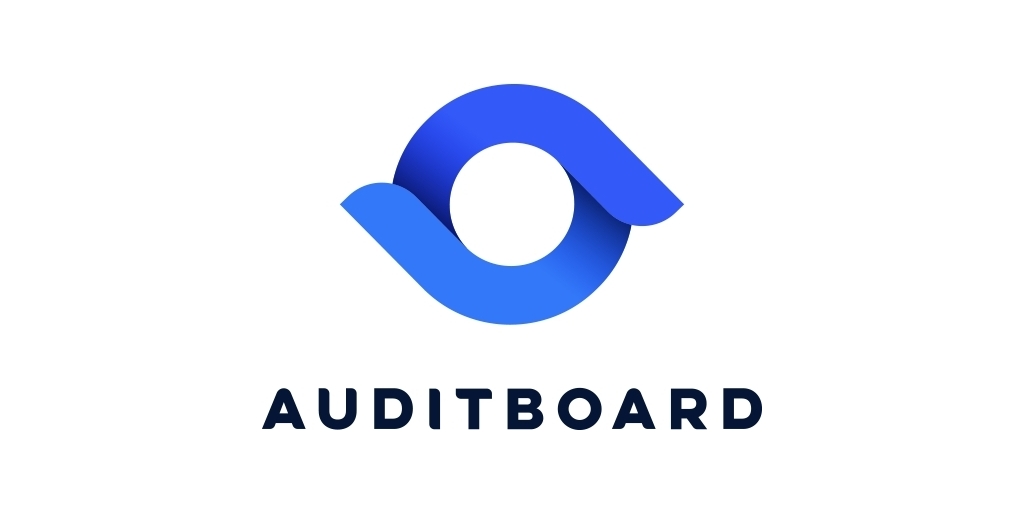
AuditBoard: Complete Buyer's Guide
Comprehensive, AI-driven GRC platform for large enterprises
AuditBoard positions itself as a comprehensive, AI-driven GRC (Governance, Risk, and Compliance) platform designed specifically for large enterprises seeking integrated audit management and risk assessment capabilities. The platform combines machine learning algorithms with traditional audit workflows to deliver predictive risk assessments and streamlined compliance processes for organizations with complex regulatory requirements.
Market Position & Maturity
Market Standing
AuditBoard competes in the comprehensive enterprise GRC segment alongside established players like OneTrust and MetricStream, positioning itself as a modern alternative with enhanced AI capabilities and user experience focus.
Company Maturity
Company maturity indicators suggest established operations with enterprise-grade capabilities, though specific business metrics such as revenue growth, customer count, and market share remain privately held.
Growth Trajectory
Growth trajectory evidence is limited in available research, requiring direct vendor consultation for funding status, expansion indicators, and strategic development plans.
Industry Recognition
Industry recognition and certifications mentioned in vendor materials require independent verification through third-party sources.
Strategic Partnerships
Strategic partnerships and ecosystem positioning appear focused on enterprise integration capabilities, though specific partnership details and technology alliances require direct vendor consultation.
Longevity Assessment
Longevity assessment depends on market position validation and competitive differentiation sustainability.
Proof of Capabilities
Customer Evidence
Customer evidence for AuditBoard faces significant limitations due to the absence of independently verified case studies and specific customer outcomes in available research.
Quantified Outcomes
Performance metrics and ROI data mentioned in vendor materials lack independent verification, creating uncertainty in business case development.
Case Study Analysis
Implementation success patterns indicate organizations with dedicated compliance teams and established IT infrastructure achieve better outcomes.
Market Validation
Market validation evidence is limited in available research, with customer adoption metrics, retention rates, and growth indicators remaining privately held by the vendor.
Competitive Wins
Competitive wins and market displacement evidence is not available in current research.
Reference Customers
Reference customer validation represents a critical evaluation step, as available research does not provide sufficient evidence of customer success patterns, industry adoption, or measurable business outcomes.
AI Technology
AuditBoard's core AI functionality focuses on predictive risk assessments integrated within a comprehensive GRC framework. The platform incorporates machine learning algorithms designed to enhance audit readiness and compliance monitoring.
Architecture
Technical architecture emphasizes integration capabilities with existing enterprise systems, though specific API capabilities and system compatibility details require direct vendor consultation.
Primary Competitors
AuditBoard's primary competitors include OneTrust and MetricStream in the comprehensive enterprise GRC segment.
Competitive Advantages
Competitive advantages center on comprehensive platform capabilities that consolidate multiple compliance and audit functions within a single vendor relationship.
Market Positioning
Market positioning reveals AuditBoard competing in the comprehensive enterprise segment rather than the specialized legal AI tool market.
Win/Loss Scenarios
Win/loss scenarios favor enterprises seeking comprehensive GRC consolidation over organizations requiring specialized legal features and domain expertise.
Key Features

Pros & Cons
Use Cases
Featured In Articles
Comprehensive analysis of AI Audit Readiness Reports for Legal/Law Firm AI Tools for Legal/Law Firm AI Tools professionals. Expert evaluation of features, pricing, and implementation.
How We Researched This Guide
About This Guide: This comprehensive analysis is based on extensive competitive intelligence and real-world implementation data from leading AI vendors. StayModern updates this guide quarterly to reflect market developments and vendor performance changes.
39+ verified sources per analysis including official documentation, customer reviews, analyst reports, and industry publications.
- • Vendor documentation & whitepapers
- • Customer testimonials & case studies
- • Third-party analyst assessments
- • Industry benchmarking reports
Standardized assessment framework across 8 key dimensions for objective comparison.
- • Technology capabilities & architecture
- • Market position & customer evidence
- • Implementation experience & support
- • Pricing value & competitive position
Research is refreshed every 90 days to capture market changes and new vendor capabilities.
- • New product releases & features
- • Market positioning changes
- • Customer feedback integration
- • Competitive landscape shifts
Every claim is source-linked with direct citations to original materials for verification.
- • Clickable citation links
- • Original source attribution
- • Date stamps for currency
- • Quality score validation
Analysis follows systematic research protocols with consistent evaluation frameworks.
- • Standardized assessment criteria
- • Multi-source verification process
- • Consistent evaluation methodology
- • Quality assurance protocols
Buyer-focused analysis with transparent methodology and factual accuracy commitment.
- • Objective comparative analysis
- • Transparent research methodology
- • Factual accuracy commitment
- • Continuous quality improvement
Quality Commitment: If you find any inaccuracies in our analysis on this page, please contact us at research@staymodern.ai. We're committed to maintaining the highest standards of research integrity and will investigate and correct any issues promptly.